Hunters Can Find Many Virtues in These Dandy Ducks
Admit it: You've probably maligned the gadwall.
Maybe you didn't mean to. Perhaps mentioning the gray duck didn't include the snickers or eye-rolling usually reserved for conversations about shovelers or ruddy ducks. Instead, it was probably an unintentional slight, such as discussing a prospective mallard hotspot that turned out to be just a gaddie hole or nothin' but gray ducks.
Even without malice, your words placed the gadwall lower on the duck hunting totem pole, squarely below the mighty mallard. Well friends, I'm here to lift up the gray duck. I intend to sing its praises and extoll its many virtues. And I'll do this because I'm excited to see those white bellies and hear whistling wings descend on a distant pothole. Here are six reasons why gaddies aren't so bad.
Click here for more Realtree waterfowl hunting content. And check us out on Facebook.
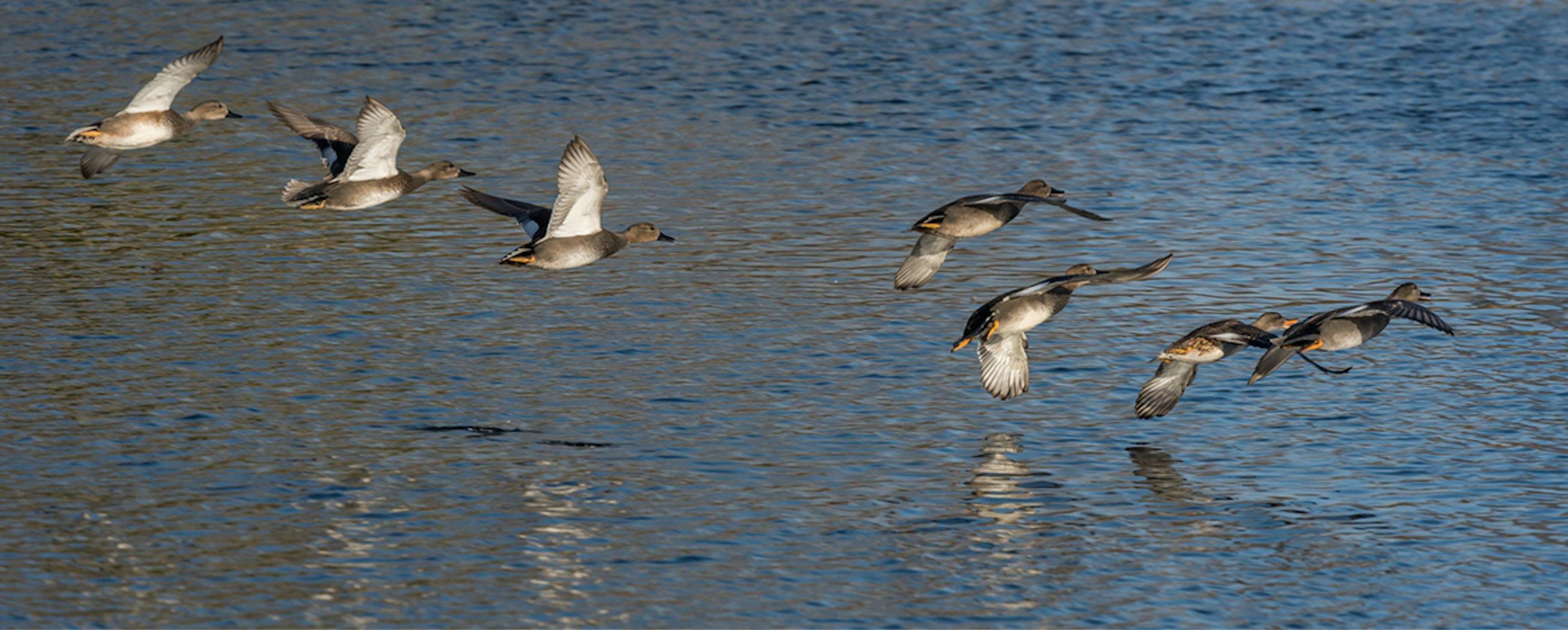
Gadwalls are one of North America's most abundant ducks (and they're also native to Europe and Asia). The U.S. Fish and Wildlife Service's 2017 Trends in Duck Breeding Populations estimated the North American gadwall population at about 4.18 million birds. Only mallards, blue-winged teal, northern shovelers and scaup had higher populations. Further, the 2017 gadwall population was 111 percent higher than the long-term average. That's colossal, and it explains why hunters see gadwalls in more areas of the country nowadays.
Obviously, with such a robust population, gaddies provide fantastic hunting opportunities.
Photo © Mark Christopher Cooper/Shutterstock

Yep, you read that correctly. The gray ducks of the 21st century are markedly different than their 1990s ancestors. Late-20th century prairie hunts for gadwalls were sometimes ridiculously simple, as birds showed no hesitation to return to water after being flushed ‚ even if hunters had little cover. Nowadays, however, gaddies aren't such easy marks. They're far more circumspect about returning to sloughs or marshes where they've been disturbed. And after they travel down the flyway to the South, gadwalls might circle endlessly without committing to quality setups.
No, they're not as wary as mallards, pintails or black ducks. However, they're no dummies, either.
Photo © A.S. Floro/Shutterstock
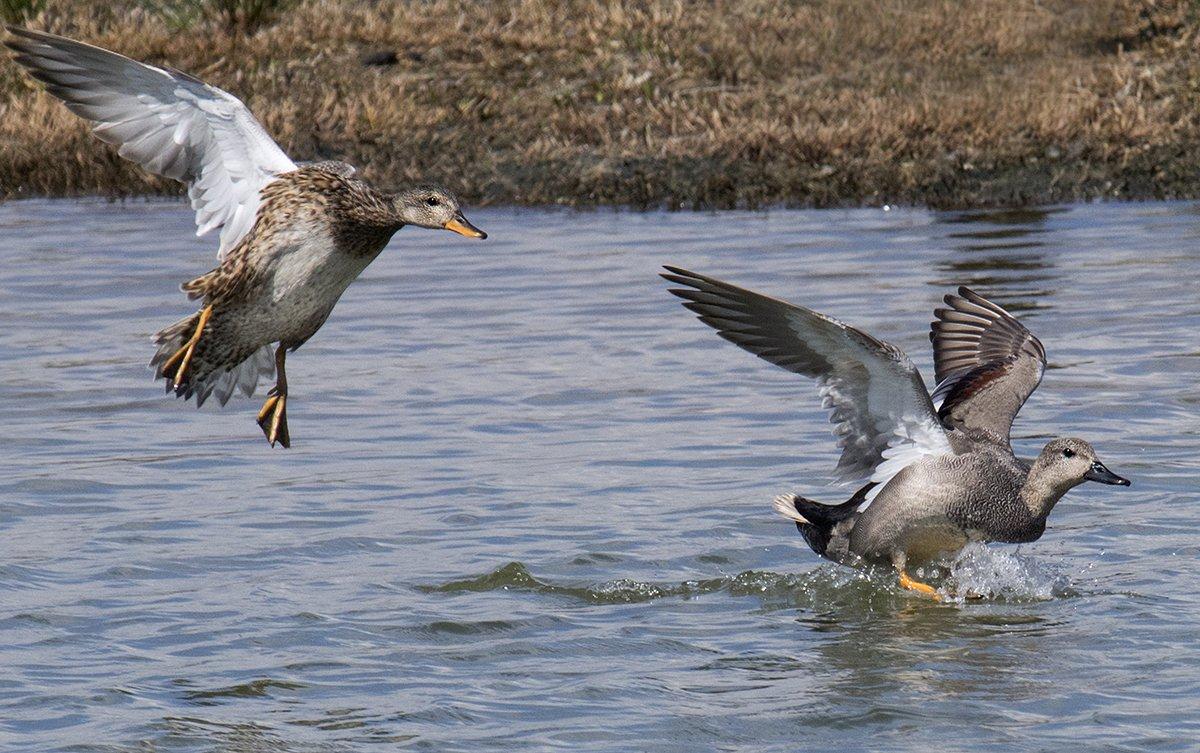
Wariness aside, gadwalls can still provide opportunity when mallards refuse to cooperate, and that holds true on the Northern prairies or Southern rice fields. Some Dakota hunters like to say, Gray saves the day, and it's true. If your early-morning mallard field hunt collapses, find some likely sloughs with good submergent vegetation ‚ the water salad gaddies like so much ‚ and you can have a good shoot.
Photo © A.S. Floro/Shutterstock
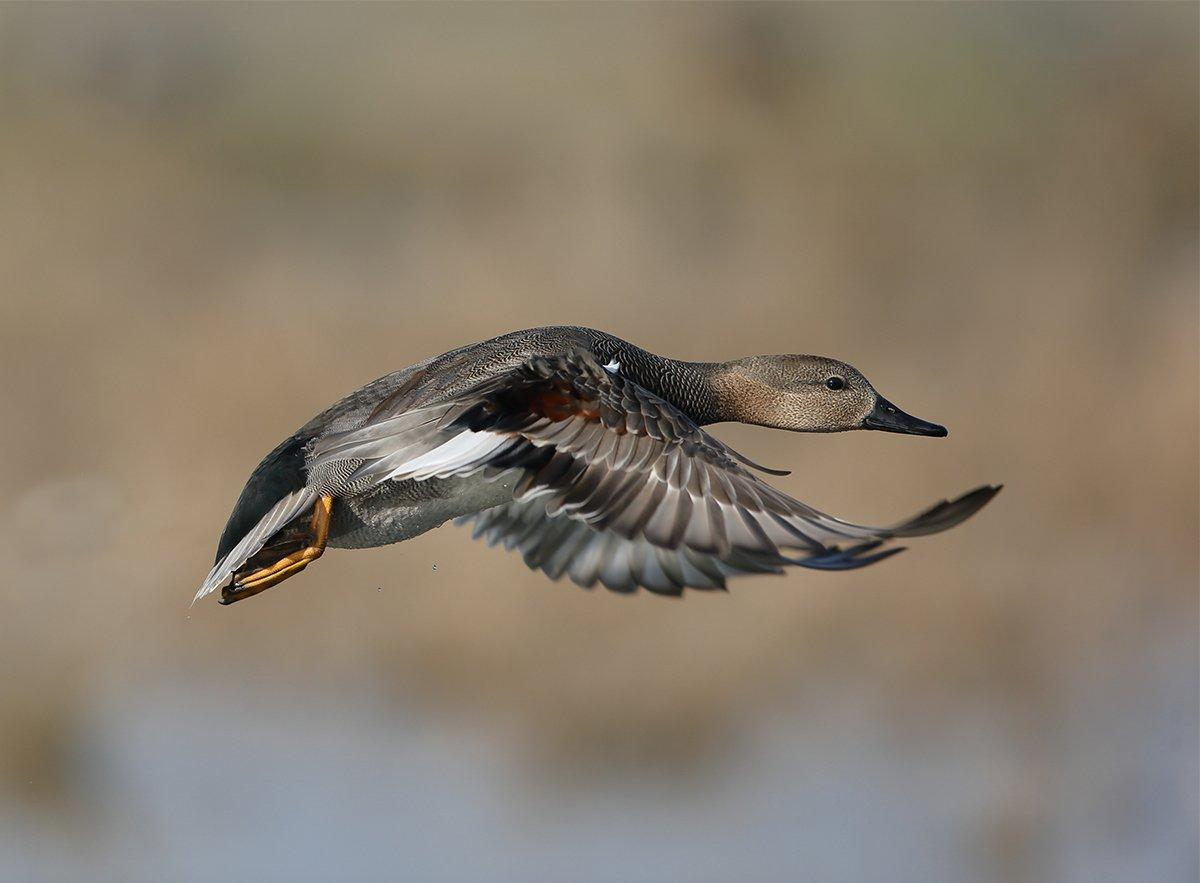
The name gray duck does the gadwall an injustice. Yeah, at a distance, gaddies appear gray and white. And sure, hens are fairly drab. But a fully colored-out drake is marvelous mix of dark gray, stark white, pitch black, light chestnut, reddish hues and almost unmatched vermiculation. Years ago, I shot two stud drake gaddies on a tiny North Dakota slough and had to decide which to send to the taxidermist. I compromised by getting both mounted, and I've never regretted it.
Photo © Guido Bissattini/Shutterstock
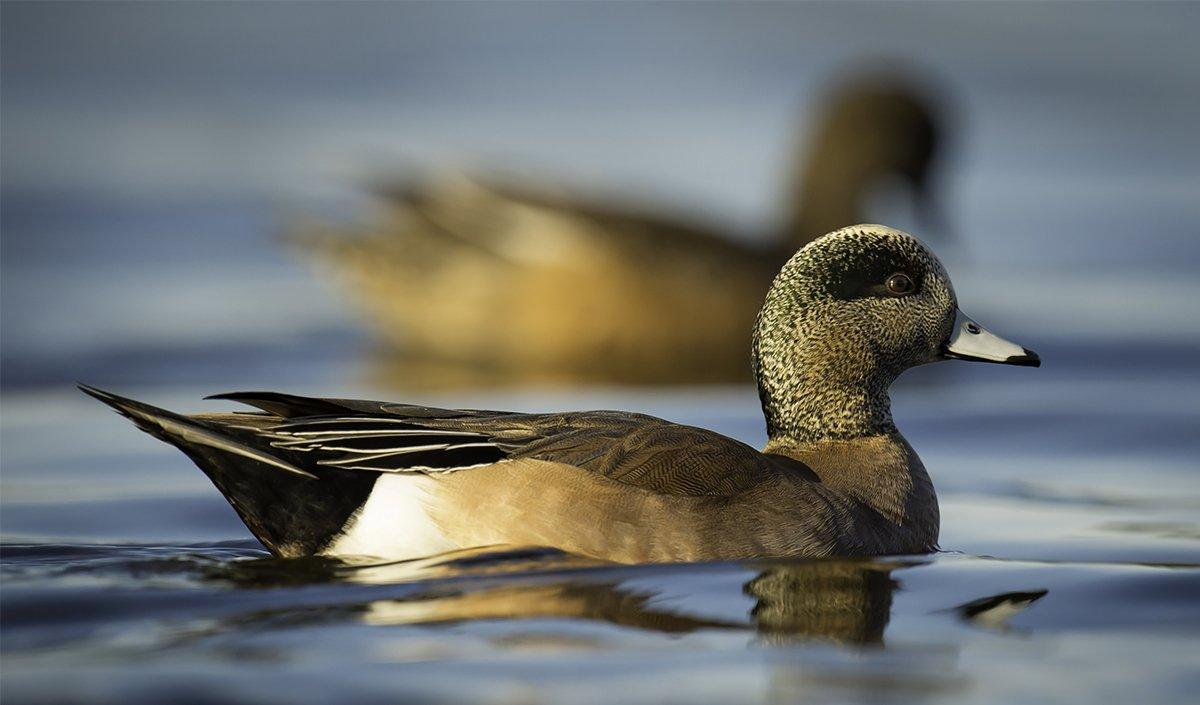
Gadwalls are closely related to wigeon, and gray ducks often keep close company with baldpates. In fact, it's uncommon to not find some of each at good feeding areas in prairie sloughswhich allows for great mixed-bag hunts. To me, that's a fantastic bonus, as I think American wigeon might be the coolest, prettiest puddle duck. And I love to hear that wigeon whistle mixed in with gadwall blats.
Photo © Don Laidlaw/Shutterstock
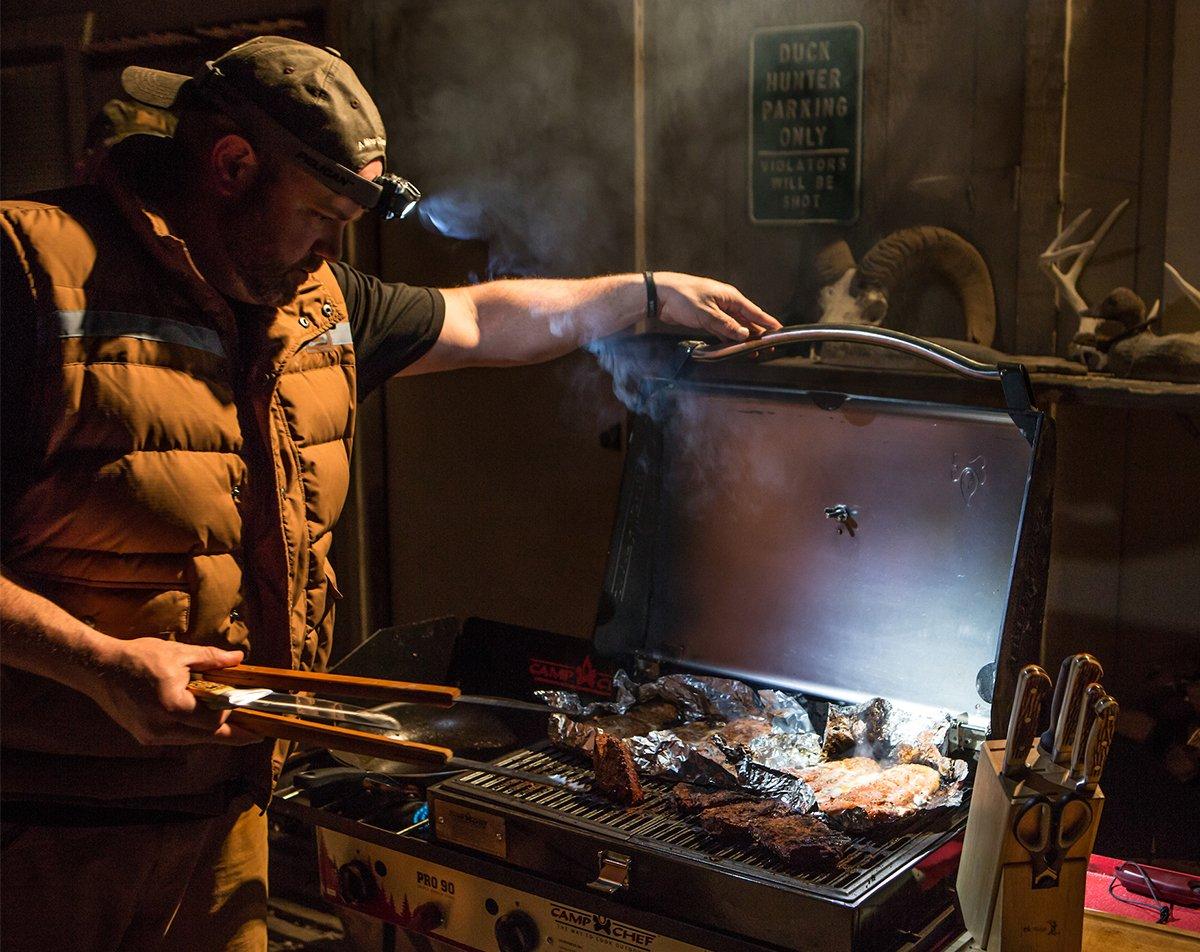
Again, gaddies might not exceed mallards, woodies, pintails, greenwings or black ducks as table fare, but they're not far off. Their diet consists mostly of vegetation, and their meat has a clean, delicious flavor. When thrown on the grill or in the skillet with other puddlers of similar size, you cannot distinguish gadwalls from other birds. They're all fantastic.
Photo © Tom Rassuchine/Banded







